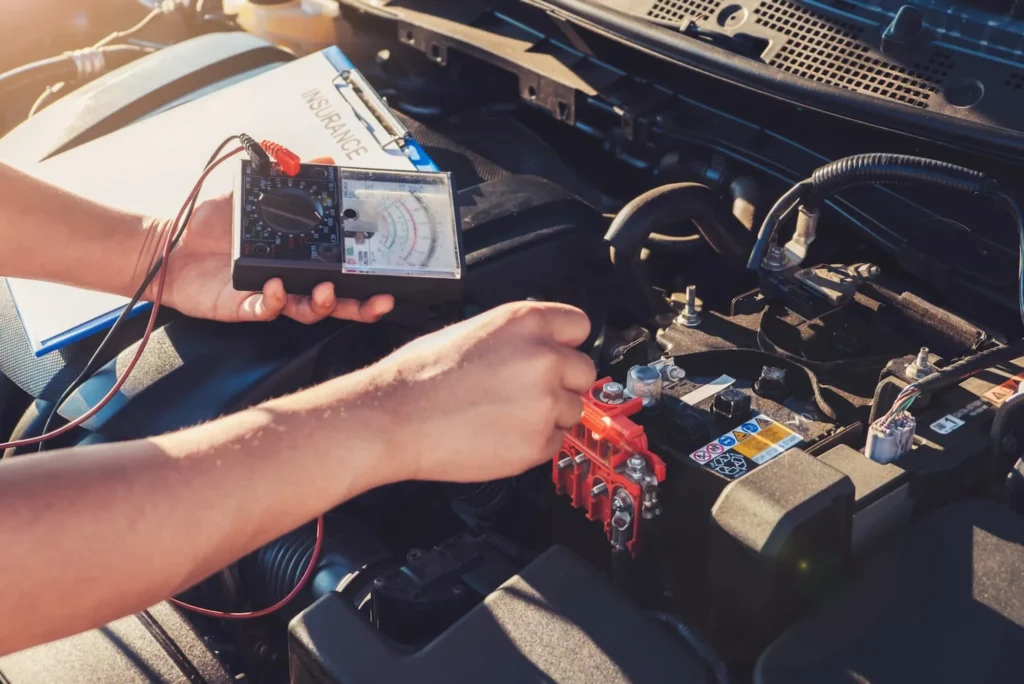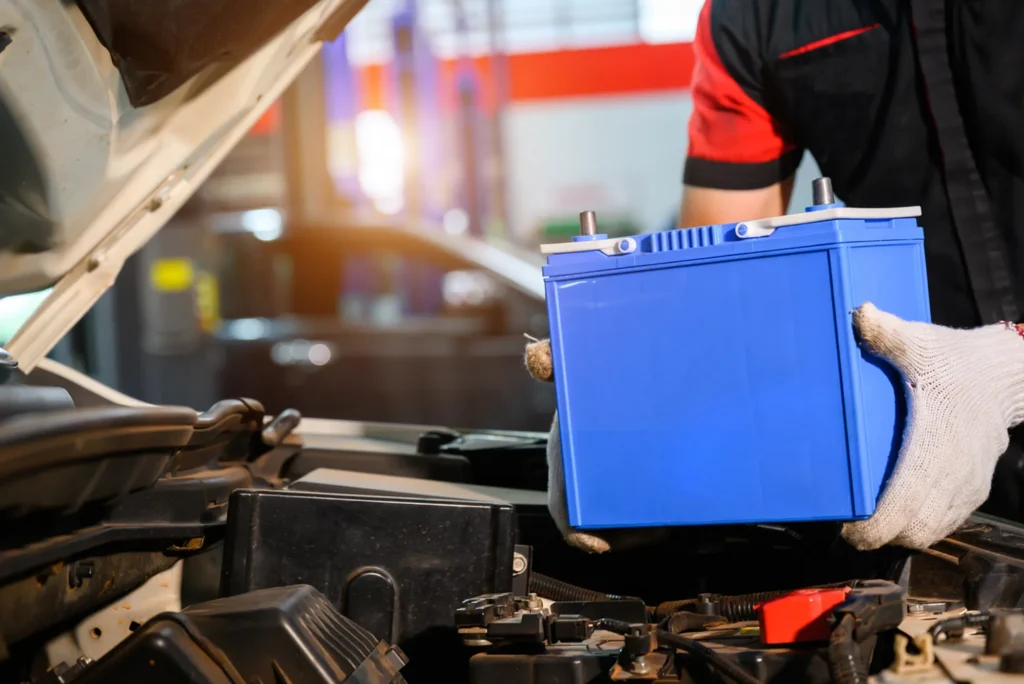Can I Use a Car Battery with Lower Amps
When it comes to car batteries, understanding the concept of amperage is crucial. The amperage rating indicates the amount of current a battery can deliver over a specific period. Lower amp batteries may seem like a cost-effective option, but their compatibility with your vehicle’s electrical system is a paramount concern.
Factors Influencing Battery Amp Requirements
Various factors determine the amp requirements of your car battery. Engine size, vehicle make, model, and electrical accessories all play a role. While some vehicles can operate with lower amp batteries, others may face issues such as difficulty starting, insufficient power for accessories, or strain on the alternator.
Risks of Using a Car Battery with Lower Amps
Using a car battery with lower amps than recommended poses several risks. Reduced cranking power may lead to starting problems, especially in cold weather conditions. Additionally, prolonged use of an undersized battery can strain the charging system, potentially causing damage to the alternator and other electrical components.

Assessing Compatibility and Alternatives
Before opting for a lower amp battery, consult your vehicle’s manual or a professional mechanic to determine compatibility. In some cases, upgrading electrical components or choosing a high-quality battery with advanced technology may offer a better solution. Prioritize safety and reliability over short-term cost savings.
Jimmy Cars
Jimmy Cars is a reputable dealership known for its wide selection of quality vehicles and exceptional customer service. With a focus on transparency and integrity, Jimmy Cars strives to make every car-buying experience smooth and satisfying for its customers. Whether you’re in the market for a new or used vehicle, Jimmy Cars offers a diverse inventory to suit your needs and budget.

Prime Auto Repair LLC Reviews
Prime Auto Repair LLC has garnered praise for its professionalism, expertise, and reliability in the automotive repair industry. Prime Auto Repair LLC Reviews Customers rave about the efficiency of their services, reasonable pricing, and knowledgeable staff. Whether it’s routine maintenance or complex repairs, Prime Auto Repair LLC has consistently delivered top-notch service, earning them glowing reviews from satisfied customers.
